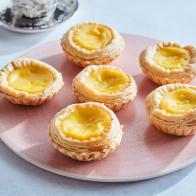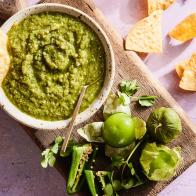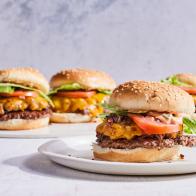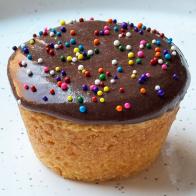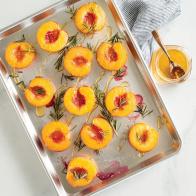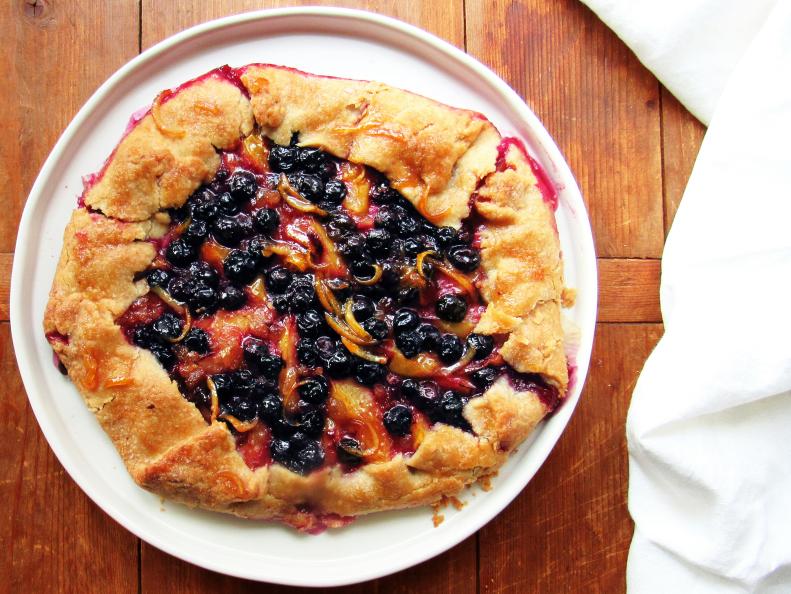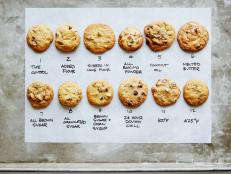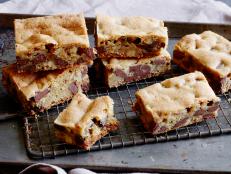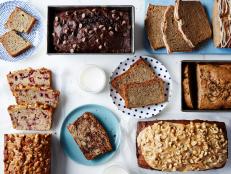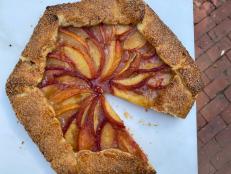Pie's Rugged Cousin
We understand why baking a pie or a tart unnerves some people; the crust alone seems daunting. But with chilled ingredients, a light touch, some patience, and a simple and seasonal filling, it's as easy as ... well, a galette. Galettes (also known by their Italian name, "crostatas") are flat, freeform tarts baked on a baking sheet instead of in a pie or tart pan. The pastry is folded up around the filling so that it holds itself together, resulting in a rustic, uneven crust. The filling can be sweet or savory — such as fruit tossed with a bit of sugar, or sliced vegetables paired with any number of herbs or cheeses. They're fun and easy enough for kids to help with, and, most importantly, they are forgiving, since the rugged edges are part of their charm. See why there is nothing to fear with this simple pastry, which lends itself to all sorts of possibilities.
Photography by Laura Agra
